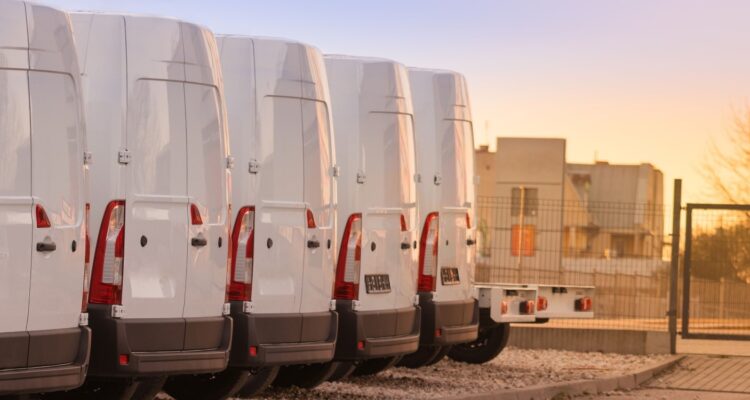New business driver data lays bare how modestly sized fleets are losing tens of thousands of pounds each year through poor fuel economy, and how companies with larger fleets are potentially wasting more than £70,000 a year.
Worrying habits, such as excessive speed, sharp acceleration, and sudden braking, are all significant contributors to draining the margins of fleet operators, significantly increasing the cost of routine maintenance and tyre wear, in addition to fuel bills.
The research[i], collated through data from 4,500 participants in road safety charity IAM RoadSmart’s on-road ‘Driving for Work’ training courses delivered throughout 2023 and 2024, shows that companies whose workers participate in driving efficiency training see up to a 14% improvement in their miles-per-gallon on average.
This means a fleet of 100 vehicles can save up to £53,890 a year on fuel costs. Fleet operators can also see annual savings on tyre outlay of up to £14,400 from driving efficiently, meaning there are potential savings of nearly £70,000 a year, excluding initial training costs. Furthermore, eco driving can provide additional benefits to firms’ environmental goals, with the potential to cut CO2 emissions for a fleet of 100 by 69 tonnes a year; the equivalent produced driving a car around the world 14 times.[ii]
Crucially, eco-driving, which is a driving style focused on maximising fuel efficiency and minimising environmental impact, can also enhance safer driving. Work journeys account for nearly one in three deaths on UK roads.[iii] In addition, company drivers rack up an estimated 1.3 million penalties a year, costing almost £100m.[iv]
Nicholas Lyes, Policy and Standards Director at IAM RoadSmart said: “In the face of high fuel prices, many companies are taking steps to improve the fuel economy of their fleets, such as by investing in hybrid and electric vehicles and conducting regular vehicle maintenance.
“While these are positive developments, a considerable number are failing to address one of the key contributors towards poor fuel economy – poor and potentially unsafe driving habits. These include behaviours such as driving too fast, accelerating sharply, braking suddenly and poor gear discipline, which have a significant impact on fuel economy across fleets. Even loading a vehicle incorrectly will impact on how quickly your vehicle gets through a litre of fuel.
“The data from our Driving for Work course shows that companies not engaging in training are essentially pouring money down the drain by letting negative driver behaviours go unaddressed.
“By investing in driving efficiency training, business can take impactful steps towards improving driver habits, and begin unlocking the big savings that come in doing so.”
IAM RoadSmart’s Driving for Work training course is designed specifically with business drivers in mind and aims to equip them with the knowledge and skills that help them to stay safe on the road.
On-road training courses offer the most direct route to improved driver safety, helping employees to develop safer behaviours while bringing direct financial benefits to businesses also. By supporting drivers in developing a calmer, more efficient driving style, companies can benefit from reduced incidence of collisions and associated downtime, improved fuel economy, and less wear and tear on vehicles. Moreover, those driving for work may benefit from calmer and less stressful driving.
For further information on IAM RoadSmart’s Driving for Work course, please visit: https://www.iamcommercial.co.uk/driving-for-work/.
To find out more about IAM RoadSmart, go to https://www.iamcommercial.co.uk/.
[i] Click here for the IAM RoadSmart fleet cost calculator
[ii] One tonne of CO2 is equivalent to driving a gasoline car 5,000 miles. 69 x 5,000 = 345,000. The earth’s circumference at the equator is approximately 24,901 miles. 345,000 / 24,901 = 14. Anthesis: https://www.anthesisgroup.com/insights/what-exactly-is-1-tonne-of-co2/#:~:text=1%20tonne%20of%20CO2%20is%20equivalent%20to%3A,between%20New%20York%20and%20Miami.
[iii] (National Highways and RoadSafe – ‘Driving for work – a strategic review of risks associated with cars and light vans, implications for policy and practice.
[iv] Fleet News FN50 report 2021


















